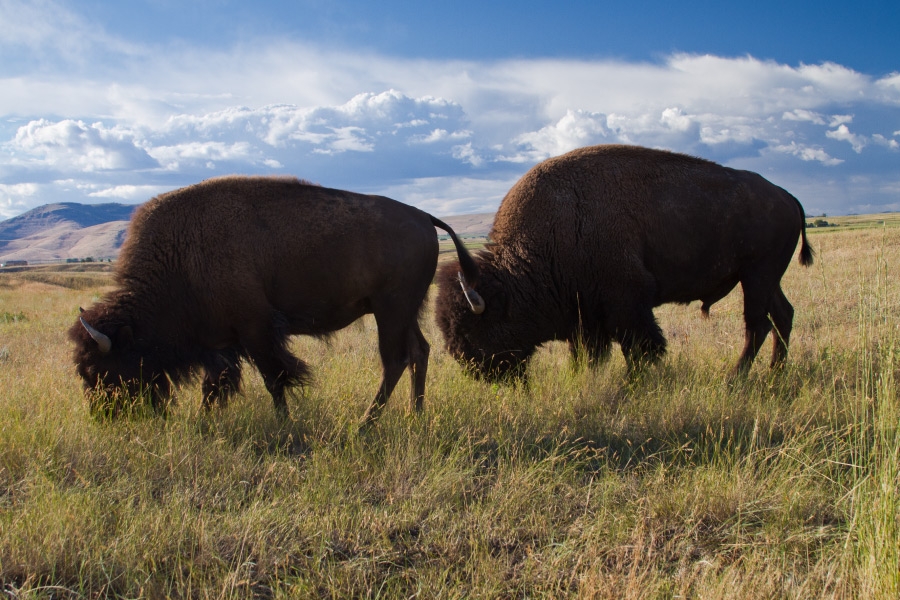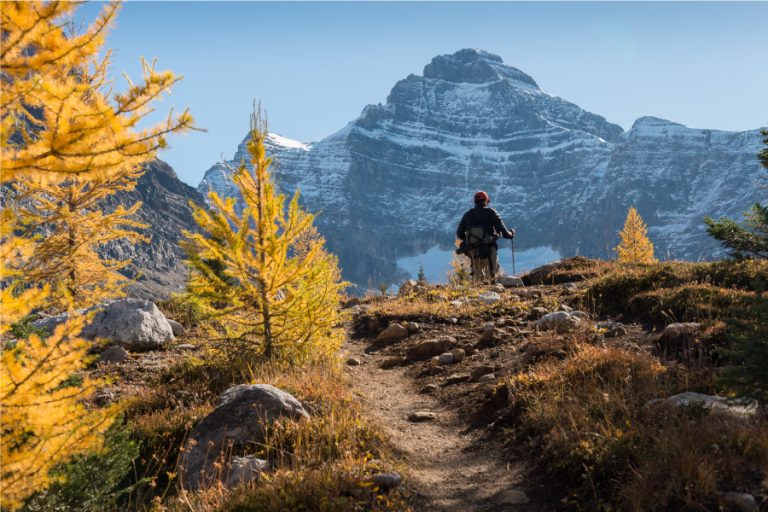Fresh water, clear Skies, all lifts open. What better way to hit the water.
Lakes can be a great spot for fishing, and many offer a variety of fish species.
take a hike and explore the surrounding area. You may find scenic views or wildlife.
Fresh water, clear Skies, all lifts open. What better way to hit the water.
Lakes can be a great spot for fishing, and many offer a variety of fish species.
take a hike and explore the surrounding area. You may find scenic views or wildlife.
Nestled within the heart of the Canadian Rockies, Yoho National Park is a picturesque embodiment of Canada’s striking wilderness. Located on the western slopes of the Rockies in British Columbia, this expansive park offers an unforgettable experience of breathtaking vistas, unique geological features, and diverse wildlife.
Offering far more than just a beautiful view, Yoho National Park is an incredible amalgamation of natural wonders, cultural history, and incredible recreational opportunities. In this park, you’ll encounter towering waterfalls, ancient fossils, serene alpine meadows, and crystal-clear lakes that mirror the surrounding peaks.
Established in 1886, Yoho National Park covers an area of 1,313 square kilometers, making it a modestly sized, yet diverse park in the Canadian Rockies. The name ‘Yoho’ is derived from a Cree expression of awe and wonder, aptly fitting for the awe-inspiring scenery that greets every visitor.
The park was formed as a result of glacial and water erosion that has shaped its landscape over millennia, creating distinct geographical and ecological features. Its towering peaks reach elevations of up to 3,443 meters, while its valleys provide a rich tapestry of habitats that host an abundance of life.




Yoho National Park is accessible by various modes of transportation. Visitors can arrive by car via the Trans-Canada Highway, which offers stunning scenic routes. Alternatively, there are train services provided by Via Rail, as well as a multitude of cycling trails for those who prefer a more active approach.
Yoho National Park is easily accessible by car via the Trans-Canada Highway, which bisects the park east to west. Driving allows visitors the opportunity to enjoy the park's breathtaking landscapes at their own pace. Several scenic routes and pullouts offer plenty of opportunities for photography and wildlife spotting.
Train services are offered by Via Rail, with the nearest stop being in Golden, British Columbia, approximately a one-hour drive from the park. From Golden, visitors can rent a car or use local taxi services to reach the park

Yoho National Park is accessible by various modes of transportation. Visitors can arrive by car via the Trans-Canada Highway, which offers stunning scenic routes. Alternatively, there are train services provided by Via Rail, as well as a multitude of cycling trails for those who prefer a more active approach.
Habitats within the Park :Yoho National Park’s extraordinary landscape is a product of its geological history, characterized by ice age glaciation and water erosion. The park is essentially a rugged alpine terrain interspersed with verdant forests, serene alpine meadows, wetlands, and pristine water bodies.
Mountain Peaks The park is dominated by the towering peaks of the Waputik and Kootenay Ranges, part of the Canadian Rockies. The highest peak, Mount Goodsir, stands at 3,567 meters. These mountain ranges present a majestic backdrop, with snow-capped peaks piercing the sky, interspersed with numerous glaciers and icefields.
Forests and Meadows Covering the lower slopes and valleys, coniferous forests made up of spruce, pine, and fir form the primary vegetation in the park. These dense forests give way to colorful alpine meadows at higher elevations, particularly around Lake O’Hara. In the brief summer season, these meadows burst into a riot of colors with wildflowers such as lilies, orchids, and arnicas.
Water Bodies The park’s geography is intricately carved by numerous streams and rivers, most notably the Kicking Horse River. Numerous lakes dot the park, including the Emerald Lake, Lake O’Hara, and the lesser-known but equally enchanting Lake McArthur. Wetlands around these water bodies support a unique ecosystem that further enhances the park’s biodiversity.
Biodiversity
Home to a plethora of wildlife, Yoho National Park serves as an important sanctuary for many animal species. Its diverse habitats, from dense forests to alpine meadows and water bodies, provide perfect environments for various fauna.
Mammals The park is home to a variety of large mammals, including black and grizzly bears, moose, elk, and mountain goats. Smaller mammal inhabitants include the snowshoe hare, red fox, pine marten, and the charming hoary marmot.
Birds Yoho is a birdwatcher’s paradise, with over 180 recorded bird species. Visitors can spot common loons, bald eagles, golden eagles, and various species of owls, hawks, and woodpeckers. In the alpine meadows, look for the white-tailed ptarmigan, known to change its plumage color according to the seasons.
Insects and Amphibians The park is home to a diverse range of insects and a limited but important number of amphibians. Keep an eye out for the western toad and the chorus frog around the park’s water bodies.
